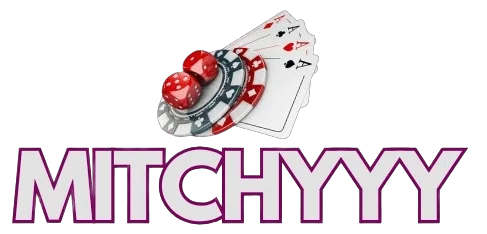When Sony released the PlayStation Portable, it wasn’t just trying to replicate its console success on a smaller link alternatif eropa99 screen—it was laying the foundation for what would come next. PSP games didn’t merely shrink down console experiences; they innovated on their own terms, introducing mechanics and design philosophies that later PlayStation games would embrace. In that sense, the PSP was more than a handheld—it was a proving ground for the best games Sony would later refine on the PS3, PS4, and beyond.
Titles like Resistance: Retribution and Killzone: Liberation tested how to deliver fast-paced, visually ambitious shooters on limited hardware. These games forced developers to think differently, encouraging tighter control schemes, more intuitive UI, and smarter level design. What they discovered didn’t stay trapped in the PSP era—it was funneled directly into future console experiences. The lessons learned from these PSP games informed everything from Uncharted’s pacing to the accessibility improvements in more recent PlayStation titles.
While the PSP might not get the mainstream attention its successors do today, its contribution to Sony’s gaming legacy is undeniable. Some of the best games from that era are still used as benchmarks for how to do mobile gaming right. The way they managed progression, storytelling, and replayability in a compact format would eventually influence design choices on home consoles. Sony didn’t just use the PSP to fill a product gap—it used it to refine the future.
Looking back, we now see how the PSP served as a critical bridge between console generations. It gave Sony’s studios the space to experiment and innovate, producing gems that still hold up today. And as Sony reintroduces PSP titles through digital platforms, it’s clear that the legacy of these games isn’t forgotten—it’s being celebrated as a key chapter in the evolution of the PlayStation brand.
